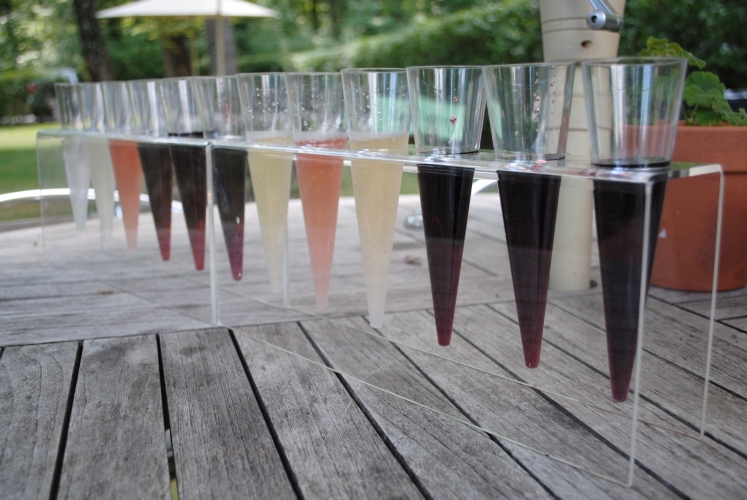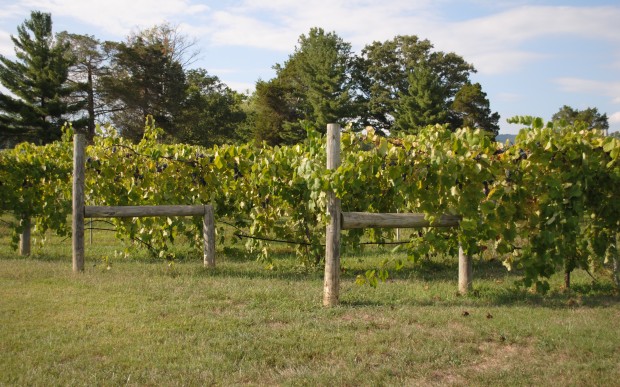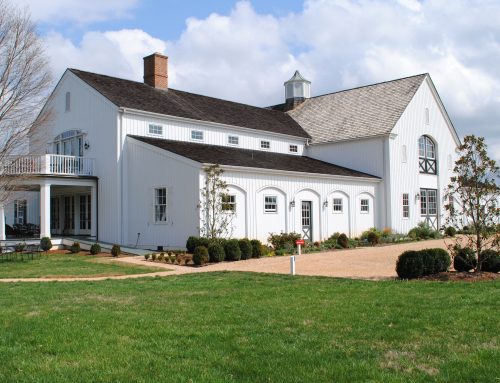Five Simple Steps to Tasting Wine
Here is some sound advice for tasting wine while on your Central Virginia Wine Tour.
1. Look
The first step is to hold the glass by the stem and look through the wine against a white background to appreciate the true color. The wine should be bright and clear, not hazy or cloudy. White wines range in color from nearly clear to a golden yellow. Red wines range in color from dark, intense red to light, pale red.
2. Swirl
To get the full aroma of the wine, fill a large wine glass a third of the way full, and swirl the wine around in the glass. This releases the aromatics.
3. Smell
Inhale deeply through your nose and try to identify what you smell. Do you smell fruit or spices? You might find hints of familiar smells including wood, tobacco, citrus, apple, chocolate, plums, pineapple, flowers or raspberries. While contemplating the smell, look at the wine and notice whether it’s thick or thin, bright or mellow, clear or hazy. For more information about smell and wine read about the Wine Aroma Wheel developed by Ann Noble. This wheel
4. Taste
After taking a sip, roll the wine around in your mouth to reach all of your taste buds. Then, breathe air through your lips to release the aromas. If the wine makes you pucker, it may be a little tart (high in acids) or tannic (dry like banana skins and tea leaves). If it feels hot and burns a little, it may have high alcohol content. If none of these elements overwhelm you, the wine is likely well-balanced. Notice how it feels in your mouth: this is called the texture.
Finally, take a taste. Start with a small sip and let it roll around your mouth. There are three stages of taste: the Attack phase, the Evolution phase and the Finish.
- The Attack Phase, is the initial impression that the wine makes on your palate. The Attack is comprised of four pieces of the wine puzzle:
- alcohol content
- tannin levels
- acidity
- residual sugar
These four puzzle pieces display initial sensations on the palate. Ideally these components will be well-balanced one piece will not be more prominent than the others. These four pieces do not display a specific flavor per se, they meld together to offer impressions in intensity and complexity, soft or firm, light or heavy, crisp or creamy, sweet or dry, but not necessarily true flavors like fruit or spice.
- The Evolution Phase is next, also called the mid-palate or middle range phase, this is the wine’s actual taste on the palate. In this phase you are looking to discern the flavor profile of the wine. If it’s a red wine you may start noting fruit – berry, plum, prune or fig; perhaps some spice – pepper, clove, cinnamon, or maybe a woody flavor like oak, cedar, or a detectable smokiness. If you are in the Evolution Phase of a white wine you may taste apple, pear, tropical or citrus fruits, or the taste may be more floral in nature or consist of honey, butter, herbs or a bit of earthiness.
- The Finish is appropriately labeled as the final phase. The wine’s finish is how long the flavor impression lasts after it is swallowed. This is where the wine culminates, where the aftertaste comes into play. Did it last several seconds? Was it light-bodied (like the weight of water), medium-bodied (similar in weight to milk) or full-bodied (like the consistency of cream)? Can you taste the remnant of the wine on the back of your mouth and throat? Do you want another sip or was the wine too bitter at the end? What was your last flavor impression – fruit, butter, oak? Does the taste persist or is it short-lived?
5. Spit
It may make you slightly uncomfortable initially, but if you are tasting several wines during an event it is essential to spit. Spitting enables you to experience wines without the danger of imbibing too much alcohol. If you are just trying a few, go ahead and swallow. A wine that lingers in your mouth and throat after you have spit is a sign of good length and body. If you don’t think you have the discipline to spit, consider having a designated driver with you to ensure you and your group are safe while traveling the Virginia back roads.




